NIH Funding
Einstein Awarded $157 Million in NIH Grants for Basic Science and Disease Areas in 2014
In federal fiscal year 2014, Albert Einstein College of Medicine of Yeshiva University was awarded more than $156.7 million in grants from the National Institutes of Health (NIH). This places Einstein 25th out of the 138 United States medical schools who received NIH funding, according to the Blue Ridge Institute for Medical Research.
While grants are distributed throughout the year, many significant awards came at the end of the fiscal year. Described below are some of the larger ones that Einstein researchers received during the last three months of the fiscal year ending September 30, 2014.
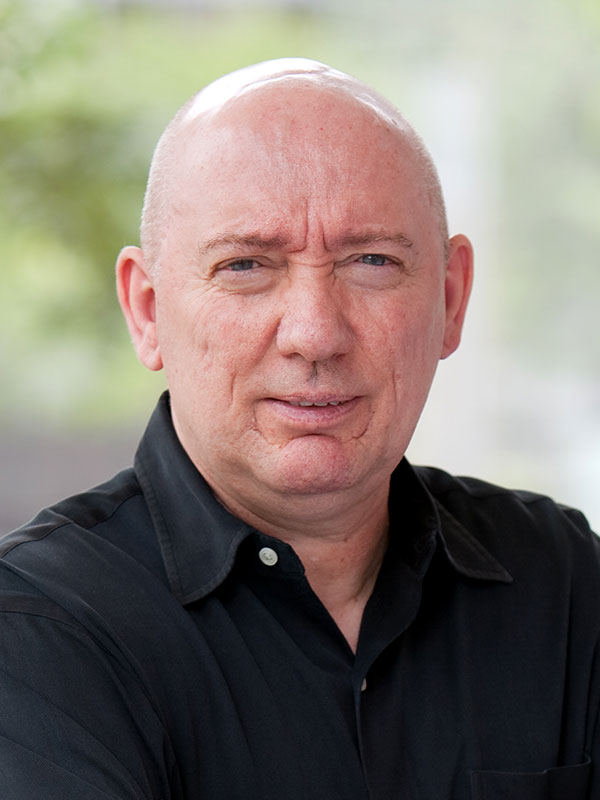
Jan Vijg, Ph.D.Looking for the Causes of Aging—The NIH awarded Jan Vijg, Ph.D., a $13.8 million, five-year renewal grant to continue research on the basic mechanisms by which DNA damage contributes to aging and age-related disease. Dr. Vijg will use the funds to study the molecular, cellular and physiological consequences of DNA damage and how genes in humans and mouse models control that damage. Knowledge gained may lead to practical interventions to help people avoid age-related diseases or postpone them until later in life. The funding renews Dr. Vijg’s program project award that began in 1999.
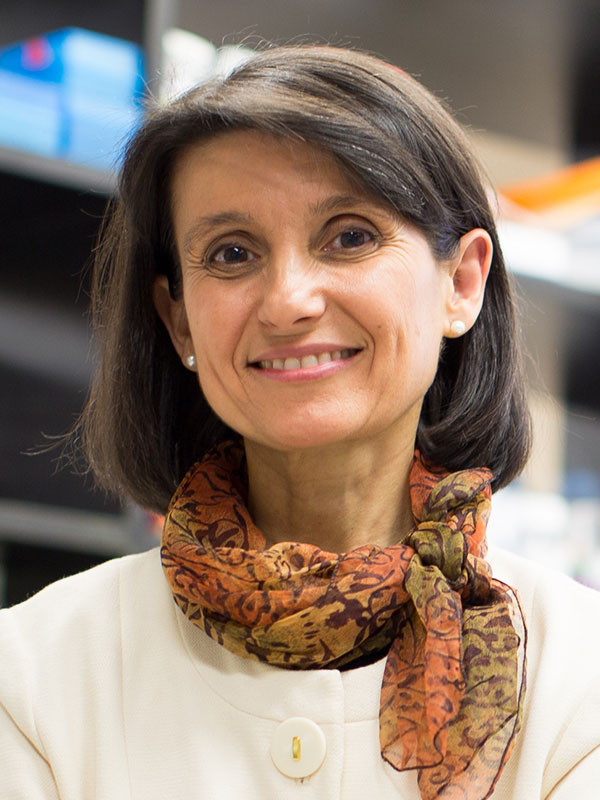
Ana Maria Cuervo, M.D., Ph.D.Revving Up Cells—Ana Maria Cuervo, M.D., Ph.D., is an internationally recognized expert on autophagy—the normal process by which cells break down defective proteins and other constituents and recycle their components. She has received a five-year, $9.8 million NIH renewal grant to continue her program project award studying the relationship between impaired autophagy and aging. Using mouse models, Dr. Cuervo team’s research may lead to interventions that restore or enhance autophagy and could lead to anti-aging strategies for use in people.Dr. Cuervo co-directs Einstein’s Institute for Aging Research.
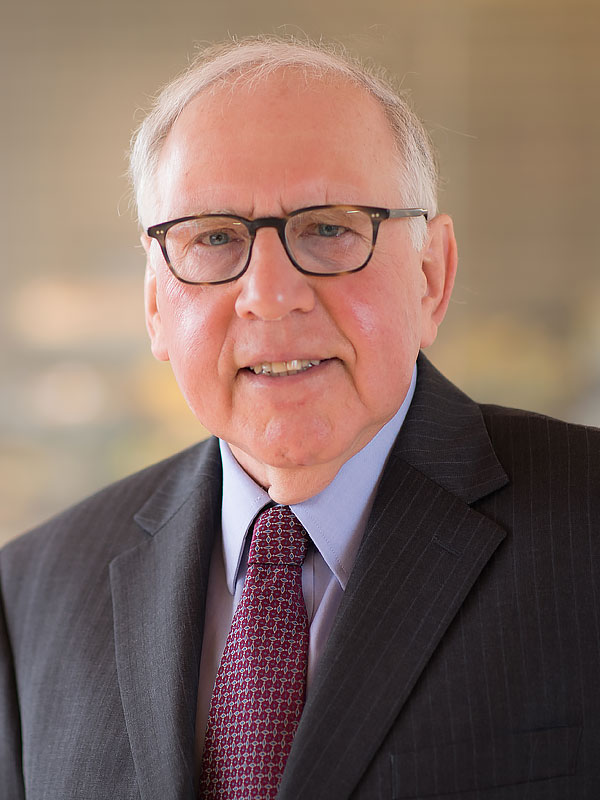
Allan W. Wolkoff, M.D.Boosting Liver Research—Liver disease affects more than 30 million Americans and ranks among the 10 leading causes of death in the United States. Einstein’s Marion Bessin Liver Research Center was awarded a five-year, $6.3 million NIH center renewal grant to translate novel research findings into better ways of treating and preventing liver disorders. Principal investigator on the grant is Allan Wolkoff, M.D., who directs the center.
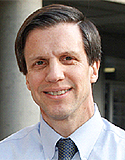
Mark J. Czaja, M.D.Alcohol and Liver Disease—Alcoholic liver disease is one of the most common liver diseases in the U.S. and is a major cause of chronic liver failure and death. There is no treatment for this disease, largely because the mechanisms by which alcohol damages the liver are unknown. Mark Czaja, M.D., was awarded a five-year, $2.2 million NIH grant to study the basic cellular mechanisms underlying liver injury due to alcohol so that strategies can be designed for preventing and treating alcoholic liver disease.
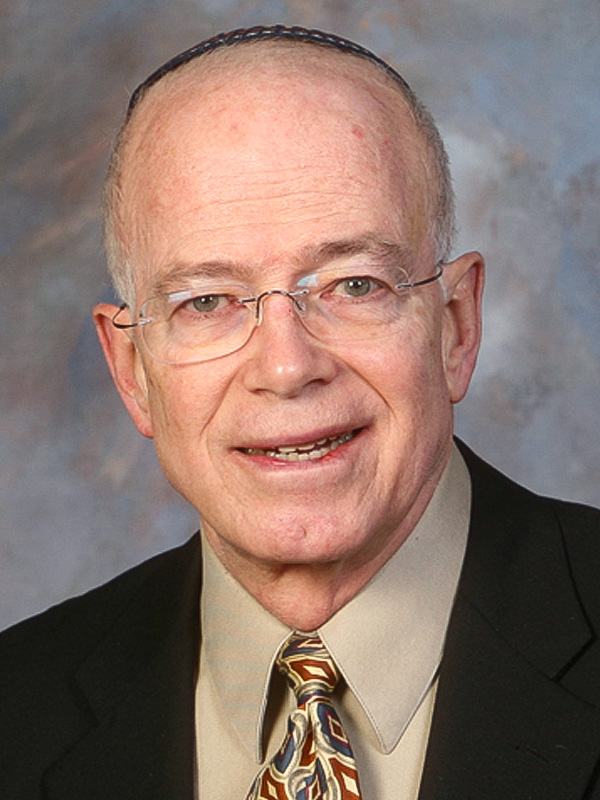
David A. Shafritz, M.D.Improving Liver Transplants—Liver cell transplants are a potential treatment for genetic-based disorders that affect liver metabolism. Several years ago, Einstein researchers found that fetal liver stem/progenitor cells (FLSPCs) multiply much faster than adult liver cells and can replace 20 to 25 percent of liver mass. But difficulty obtaining sufficient amounts of FLSPCs poses a barrier to their use. David Shafritz, M.D., has received a three-year, $2 million NIH grant to study whether genes that are hyper-expressed in FLSPCs can be introduced into more widely available adult liver cells, imparting those adult liver cells with FLSPCs’ proliferative properties.
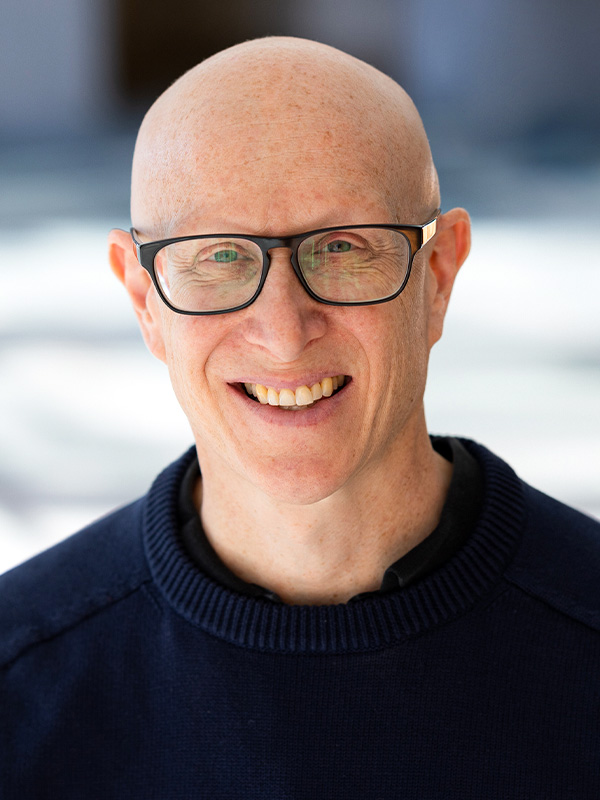
Robert C. Kaplan, Ph.D.HIV and Cardiovascular Disease—Chronic HIV infection activates the body’s innate immune system, leading to cardiovascular disease (CVD). Robert Kaplan, Ph.D., has received a five-year, $3.4 million NIH grant to uncover the mechanisms by which the innate immune system causes CVD. His research may lead to strategies for preventing CVD in HIV-positive people by targeting innate immune system pathways.
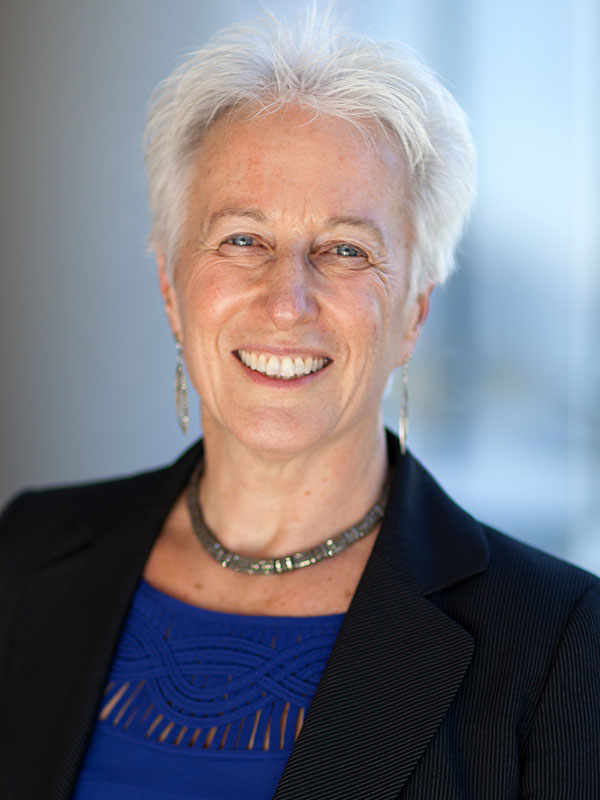
Kathryn Anastos, M.D.HIV and Cervical Cancer—Human papillomavirus (HPV) is responsible for almost all cervical cancer cases. HIV-infected women who are also infected with HPV face increased risk for developing cervical cancer—a major problem in Africa, where millions of HIV-infected people are living longer due to antiretroviral therapy. Kathryn Anastos, M.D., was awarded a five-year, $3.7 million NIH grant to form a research consortium involving Einstein, the University of Rwanda and Rwanda Military Hospital to investigate HIV/HPV-related cancers in Africa, and develop sustainable research infrastructure in Rwanda. One consortium project will be to investigate the optimal approach for screening and preventing cervical cancer in HIV-infected Rwandan women.
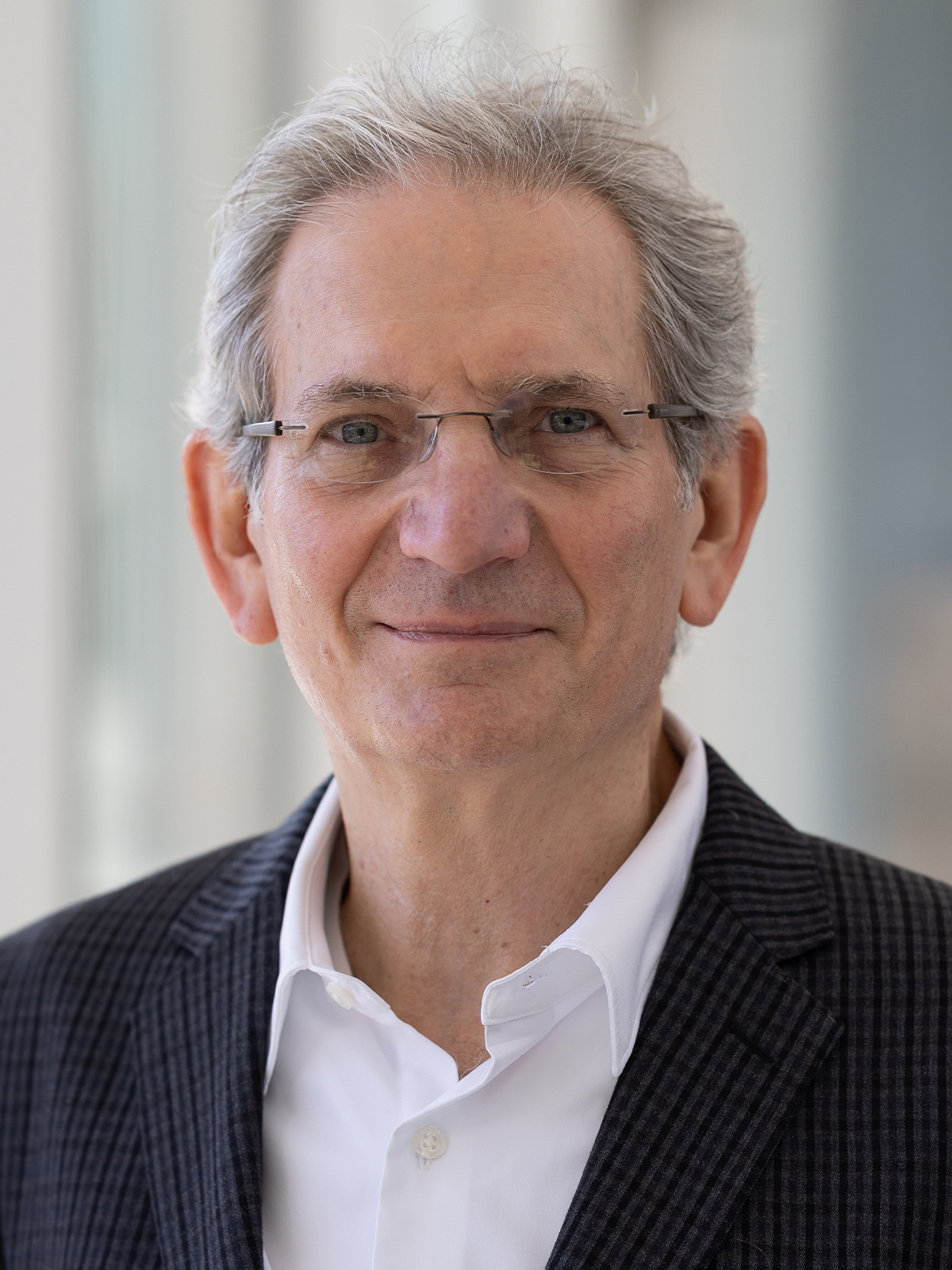
Robert D. Burk, M.D.Cancer Screening—Each year, many U.S. women with abnormal Pap tests must undergo invasive diagnostic procedures—biopsies or colposcopies—aimed at preventing cervical cancer. But the majority will turn out not to have precancerous lesions. Robert Burk, M.D., has received a $2.9 million, five-year NIH renewal grant to study the viral genetic basis of cervical cancer and examine how the cervical microbiome influences HPV progression. He and his colleagues will also expand on their recent findings that particular variants of high-risk HPVs are more likely to cause cervical cancer. In addition, viral methylation patterns associated with precancer and cancer are promising biomarkers for pinpointing HPV infections that require follow-up or treatment. Testing women for these epigenetic changes and for high-risk HPV variants could significantly improve the accuracy of cervical cancer screening and spare women at lower risk of cervical cancer from undergoing invasive procedures.
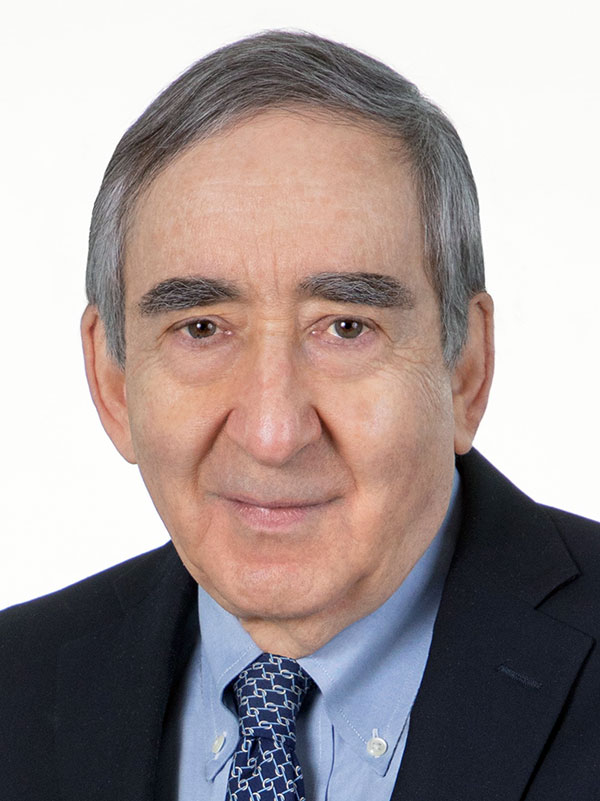
I. David Goldman, M.D.Antifolates Against Cancer—Folates, the B9 family of vitamins, are essential for synthesizing the building-blocks of DNA, RNA and proteins. Antifolates are structurally similar to folates but are designed to kill cancer cells by preventing them from utilizing folates. I. David Goldman, M.D., studies how folates and antifolates are transported into normal and cancerous human tissues. In 2006, his laboratory discovered the proton-coupled folate transporter (PCFT) and showed that it enables the intestinal absorption of both folates and antifolates. The NIH has awarded Dr. Goldman, director of the NCI-designated Albert Einstein Cancer Center, a four-year, $1.9 million grant to investigate how the molecular structure of PCFT determines its function and to define the properties that make this transporter an efficient route for delivering antifolates into cancer cells. The research is informed by studies of people with hereditary folate malabsorption (HFM). Dr. Goldman found that this rare but potentially fatal disorder is caused by mutations that impair PCFT function.
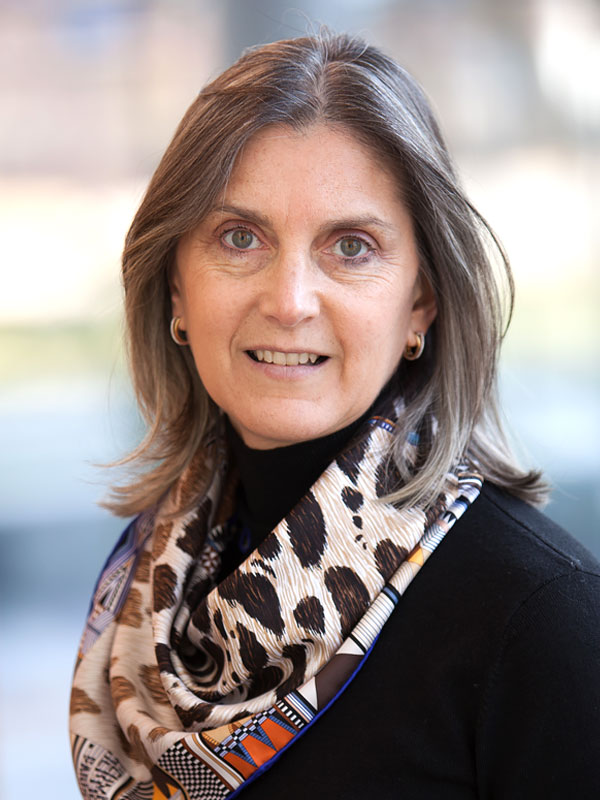
Carol A. Derby, Ph.D.Women’s Health—Carol Derby, Ph.D., has received a five-year, $1.7 million NIH renewal grant to continue the Study of Women’s Health Across the Nation (SWAN), a multi-site longitudinal cohort study that began in 1994 after enrolling 3,302 African-American, Chinese, Japanese, Hispanic and Caucasian women at seven clinical sites across the country. SWAN studies the menopausal transition and how it affects women’s health. Dr. Derby and colleagues will now assess the study’s participants as they enter the late postmenopausal stage of their lives. Among other things, the researchers will evaluate how women’s experiences across mid-life will affect their later cognitive and physical function, psychological well-being, sleep, bone and cardiometabolic health, sexual function and vaginal health.
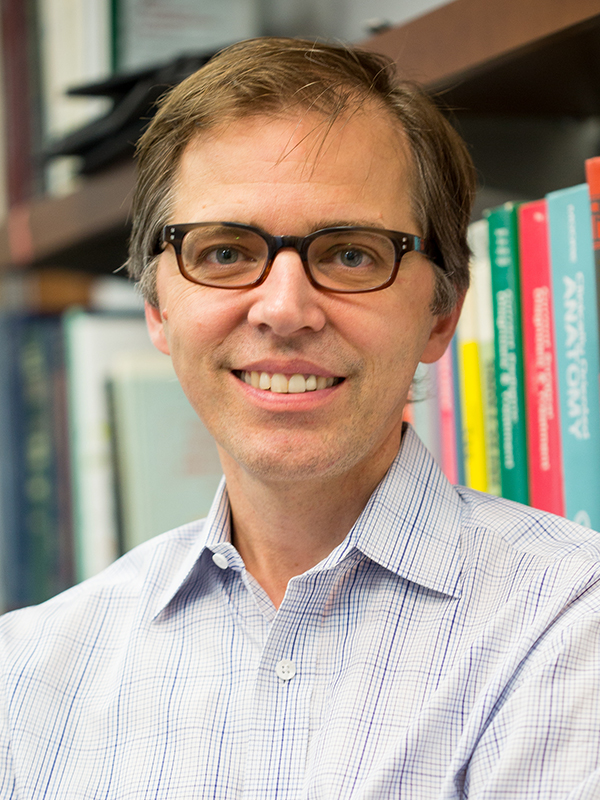
Paul S. Frenette, M.D.Stem Cells and Bone Marrow—The bone marrow’s microenvironment plays a crucial role in regulating the activity of the hematopoietic stem cells (HSCs) that reside in marrow. Paul Frenette, M.D., has received a five-year, $2.3 million NIH renewal grant to continue his studies of the stem cell microenvironment—efforts that could help in preventing or treating hematological diseases. In previous work, he and his colleagues uncovered a key role for the nervous system in regulating HSC trafficking from the bone marrow to the blood and vice versa. One of his new goals is to investigate how neural signals link the brain and the bone marrow by looking at two different ways that neural signals are transmitted to bone marrow. Dr. Frenette directs the Ruth L. and David S. Gottesman Institute for Stem Cell and Regenerative Medicine Research.
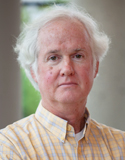
David H. Hall, Ph.D.Roundworm Imaging—Studies of the anatomy and genome of the model organism C. elegans (roundworm) have yielded valuable insights into the function of human genes. Einstein researchers have uncovered basic mechanisms governing roundworm brain development and have identified genes involved in aging, kidney function, normal nerve development and cell death. The NIH has awarded David Hall, Ph.D., a $2.7 million, four-year renewal grant so that Einstein’s Center for C. elegans Anatomy can continue its work. The center uses electron microscopy techniques to gain detailed views of roundworm anatomy, including genetic mutants, and then makes them available to the scientific community on two websites—WormAtlas and WormImage.
In addition to those listed above, Einstein researchers garnered several other notable grants earlier in the fiscal year, including:
- $25 million grant for the Block Institute for Clinical and Translational Research at Einstein and Montefiore;
- $2.5 million grant to study diabetes self-management and behavioral interventions;
- $3.4 million to conduct multi-site cancer clinical trials and research focused on reducing healthcare disparities in cancer care;
- Plus 11 grants announced in June and several others highlighted in Research Roundup.
Data for the Blue Ridge rankings are extracted from the Research Portfolio Online Reporting Tool (RePORT) of NIH, which is free and available to the public. These rankings exclude NIH research and development contracts and awards given under the American Recovery and Reinvestment Act of 2009. All charts and rankings reflect grants given during federal fiscal year 2014, which ran from October 2013 through September 2014.
Other Top Stories
9/11 World Trade Center Exposure Linked to Heart Disease Among NYC Firefighters
On Becoming a Physician: New Einstein Students Receive White Coats and Stethoscopes
Novel Therapy for Acute Migraine Shows Promise in Phase 3 Clinical Trial
First Complete Wiring Diagram of an Animal's Nervous System
Multimillion Dollar NIH Grant to Help Reduce Opioid Use & Get Care to People Who Need It
NIH Grant Funds $23 Million Study of Diseases Affecting People Living with HIV
New TAILORx Data Guides Adjuvant Therapy in Younger Breast Cancer Patients
Einstein Celebrates Its 61st Commencement
Bolstering Biopsies: Testing Patients' Individual Cells to Guide Treatment


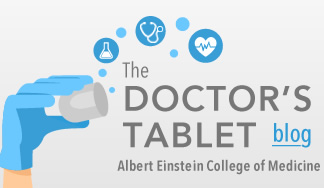
Tablet Blog